Table of content
Cabbage rolls, known in Chinese cuisine as baicai juanzi (白菜卷子), are a beloved dish that blends simple ingredients into a hearty, flavorful meal. This dish, often served during family gatherings or as a comforting weekend treat, features tender cabbage leaves wrapped around a savory filling, steamed to perfection. While the recipe may seem intricate at first glance, breaking it down into manageable steps makes it accessible even for novice cooks. Below is a comprehensive guide to crafting these delicious parcels at home, complete with tips for achieving the perfect balance of texture and taste.
Introduction to Cabbage Rolls
Cabbage rolls have roots in Northern Chinese cooking, where they are cherished for their ability to transform humble ingredients into a satisfying feast. The dish typically combines seasoned ground meat (often pork or a pork-beef blend) with aromatic vegetables like carrots, mushrooms, and garlic, all nestled within soft cabbage leaves. Steaming ensures the filling remains moist while the cabbage becomes tender, creating a harmonious blend of flavors. This recipe emphasizes freshness and simplicity, relying on everyday pantry staples to deliver maximum flavor.
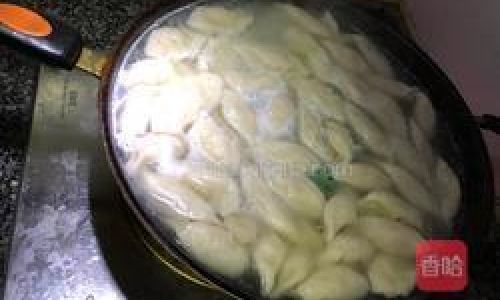
Ingredients You’ll Need
Before diving into the cooking process, gather the following ingredients:
For the Dough (Optional):
While traditional cabbage rolls sometimes use pre-made wrappers, many home cooks prefer a soft, handmade dough to encase the filling. This step is optional but highly recommended for an authentic texture.
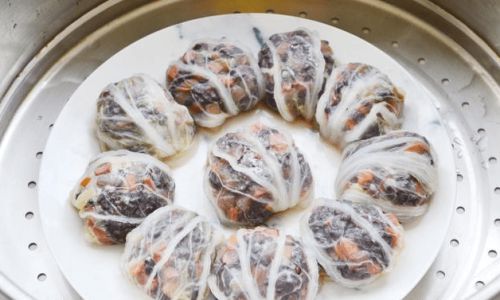
- 2 cups all-purpose flour
- 1/2 teaspoon salt
- 3/4 cup warm water (approximately 100°F/38°C)
For the Filling:
- 1 lb ground pork (or a mix of pork and beef)
- 1 small head of Chinese cabbage (napa cabbage works well too)
- 1 carrot, finely grated
- 4 dried shiitake mushrooms (rehydrated and minced)
- 3 garlic cloves, minced
- 1-inch piece of ginger, grated
- 2 green onions, thinly sliced
- 1 tablespoon soy sauce
- 1 teaspoon sesame oil
- 1/2 teaspoon white pepper
- 1 teaspoon salt
- 1 tablespoon cornstarch
- 1 egg, lightly beaten
For Assembly and Cooking:
- 1/4 cup chicken broth (or water)
- 1 tablespoon vegetable oil (for brushing)
- Dipping sauce (optional): soy sauce, vinegar, chili oil, or garlic sauce
Step-by-Step Instructions
Preparing the Dough (If Using):
- In a large mixing bowl, combine the flour and salt.
- Gradually add warm water while stirring with chopsticks or a fork until a shaggy dough forms.
- Knead the dough on a lightly floured surface for 8–10 minutes until smooth and elastic.
- Place the dough back in the bowl, cover with a damp cloth, and let it rest for 30 minutes. This resting period relaxes the gluten, making the dough easier to roll.
Preparing the Cabbage Leaves:
- Remove the outer leaves of the cabbage and discard any wilted ones.
- Bring a large pot of salted water to a boil. Carefully submerge the cabbage head and blanch for 2–3 minutes until the leaves soften.
- Transfer the cabbage to an ice bath to halt cooking. Drain and gently pat dry.
- Separate the leaves carefully, trimming any thick stems with a knife to ensure they roll easily without tearing.
Making the Filling:
- In a skillet, heat 1 tablespoon of vegetable oil over medium heat. Sauté the garlic and ginger until fragrant (about 1 minute).
- Add the grated carrot and minced mushrooms. Cook for 3–4 minutes until softened. Remove from heat and let cool.
- In a large mixing bowl, combine the ground meat, cooled vegetable mixture, green onions, soy sauce, sesame oil, white pepper, salt, cornstarch, and beaten egg.
- Mix thoroughly using your hands or a wooden spoon until the ingredients are evenly distributed. For best results, chill the filling in the refrigerator for 20 minutes to firm up.
Assembling the Cabbage Rolls:
- If using homemade dough: Divide the rested dough into 12–14 equal pieces. Roll each piece into a thin, 4-inch circle using a rolling pin.
- Place a cabbage leaf on a clean surface. If the leaf is large, cut it into a square or rectangle.
- Spoon 2–3 tablespoons of filling onto the center of the leaf. Fold the sides inward, then roll tightly from the bottom to form a secure parcel. Repeat until all filling is used.
- For dough-wrapped rolls: Place a cabbage roll on a dough circle, fold the edges over, and seal tightly.
Steaming the Rolls:
- Line a bamboo steamer or a metal steamer basket with parchment paper to prevent sticking.
- Arrange the rolls in a single layer, leaving 1 inch between them to allow steam circulation.
- Pour the chicken broth or water into the steamer pot. Bring to a boil over high heat.
- Place the steamer basket over the pot, reduce heat to medium, and steam for 15–20 minutes until the filling is cooked through and the dough is translucent.
Finishing Touches:
- Once steamed, brush the rolls lightly with vegetable oil to give them a glossy sheen.
- Serve hot with your choice of dipping sauce. A classic combination includes soy sauce, rice vinegar, and chili oil.
Tips for Perfect Cabbage Rolls
- Leaf Selection: Choose cabbage leaves that are pliable but not too thick. Thicker leaves may require longer blanching.
- Filling Consistency: Avoid overfilling the rolls, as this can cause them to burst during steaming.
- Dough Texture: If the dough feels sticky while rolling, dust your work surface and rolling pin with flour.
- Storage: Leftovers can be refrigerated for up to 3 days or frozen for 1 month. Reheat in a steamer until warmed through.
Variations and Customizations
- Vegetarian Option: Replace meat with a mixture of tofu, mushrooms, and glass noodles.
- Spicy Kick: Add 1–2 teaspoons of chili paste or Sichuan peppercorns to the filling.
- Gluten-Free: Use rice paper wrappers instead of dough for a lighter alternative.
Serving Suggestions
Cabbage rolls pair wonderfully with:
- Steamed rice or congee
- Pickled vegetables (such as daikon or cucumber)
- A side of stir-fried greens
- A bowl of hot-and-sour soup
The Cultural Significance of Cabbage Rolls
In Chinese households, cabbage rolls symbolize prosperity and unity. Their rounded shape resembles ancient Chinese gold ingots, making them a popular dish during Lunar New Year celebrations. The act of wrapping the filling mirrors the idea of gathering loved ones together, reinforcing the importance of family bonds.
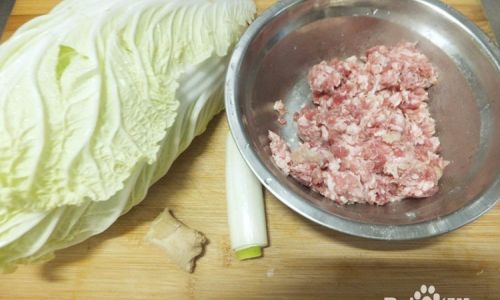
Conclusion
Mastering the art of cabbage rolls requires patience, but the effort is rewarding. Each bite offers a delightful contrast between the tender cabbage, aromatic filling, and soft dough. Whether you’re cooking for a special occasion or a cozy weeknight dinner, this dish is sure to impress. Experiment with fillings and dipping sauces to make it your own, and don’t hesitate to share this comforting classic with friends and family. With practice, you’ll find that crafting these rolls becomes second nature—a testament to the joy of homemade cooking.
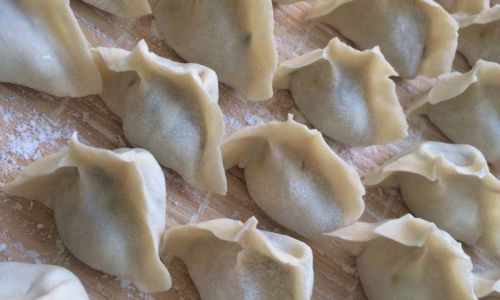
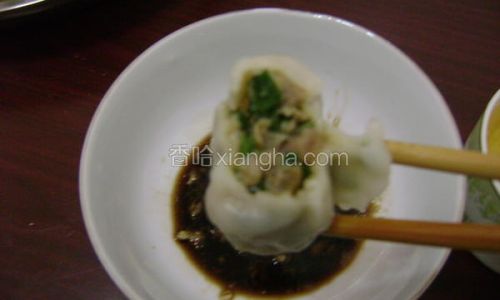
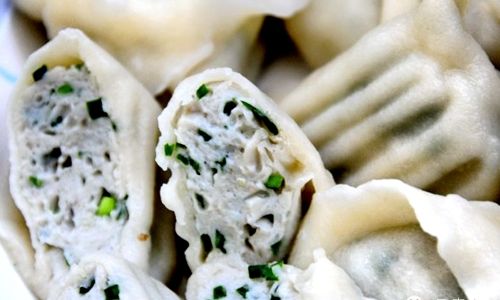
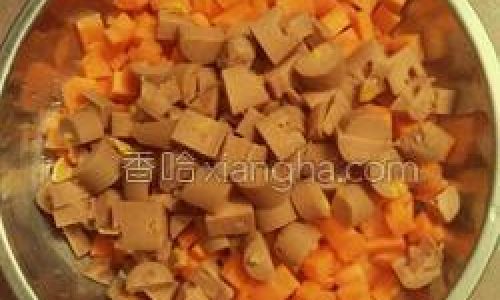


0 comments